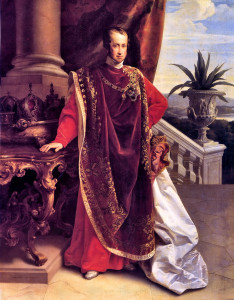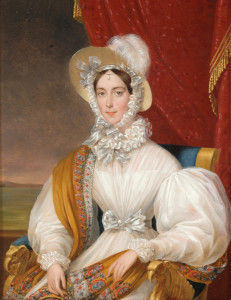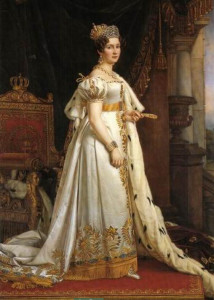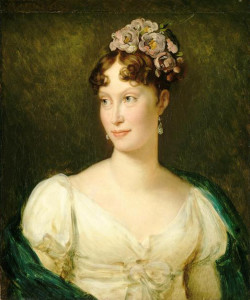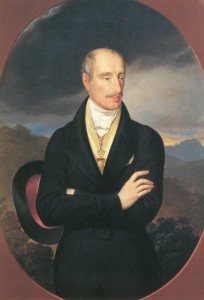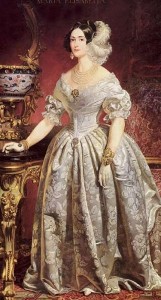The autograph collection of the Fondazione Istituto Liszt includes two unpublished short letters by George Sand. They are transcribed here for the first time. The first one is undated and addressed to an anonymous recipient. It is simply a proposal for an appointment. The second one is more interesting because it was written in La Spezia on May 4, 1855, near the end of Sand’s second (and last) journey to Italy. It is addressed to her friend Étienne Arago, a French politician who was then in exile in Turin. Sand proposes to him to come to La Spezia (which will not happen) and refers in a postscript to their meeting with the Italian politician and publicist Lorenzo Valerio, that took place in Genoa at the beginning of her trip.
As such, this second letter gives us the opportunity to add some details about the meeting that occurred in Genoa and the one anticipated in La Spezia, and to transcribe the unpublished letter Arago sent to Sand, again on May 4, a letter which complements the correspondence between Sand and Arago during her journey.
